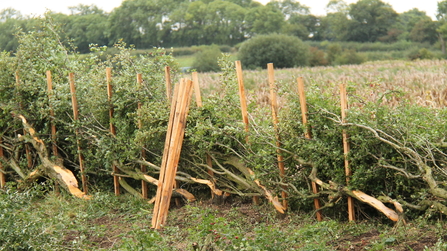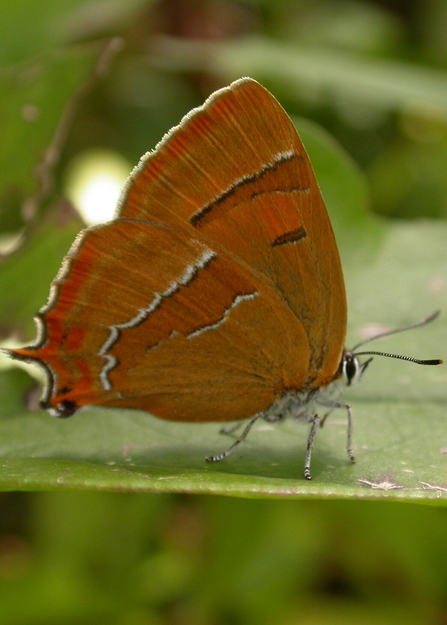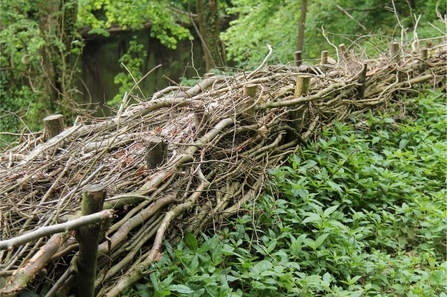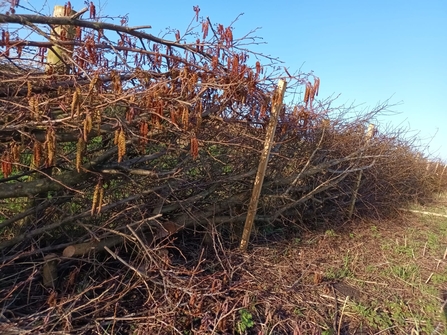Hedgelaying is a traditional country skill and art form, used for hundreds of years to maintain healthy hedgerows in the UK. It involves partially cutting down young trees so they can lie at an angle while still growing from the base. This allows the hedges to become thicker and healthier than a standard trimmed hedge, making better livestock barriers and creating habitat for wildlife.
Hedgelaying basics
Hedgelaying is an old art that has changed through the years, with many varied styles and techniques, including regional styles which differ from county to county. This country craft should only be practiced in winter, when sap stops running through the tree stems.
Here is a brief insight into the process of laying a hedge:
- Cut into the tree at a steep angle, about three quarters of the way through the trunk.
- Carefully lay the tree over, trying not to snap the trunk - instead bending to approximately 45 degrees.
- Cut off the remaining heel of the trunk, so that the hedge can re-grow from the base and create healthy new foliage.
- Use stakes inserted into the ground to weave fallen trees into a hedgerow. Broken or protruding branches can be woven in to create a thicker barrier.
- Repeat every five to 50 years.





